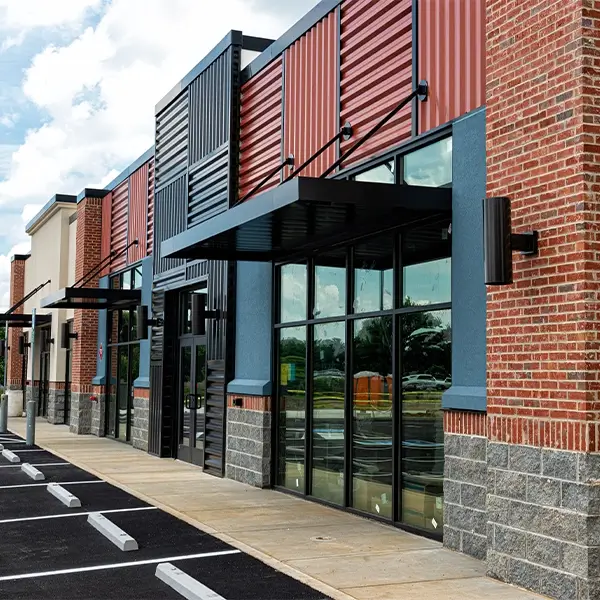Radon is a radioactive gas formed from the natural decay of uranium, which is found in varying amounts in soil, bedrock, stone, and water sources. As a gas, radon circulates through small cracks and gaps in the foundation and floors of buildings or exposed soil in crawl spaces. If left untreated, indoor radon levels can concentrate to dangerous levels.
Prolonged radon exposure leads to lung cancer in non-smokers and smokers alike. However, to best protect your employees and customers from the threat of radon, it’s important to understand the sources from which radon is derived.
Cracks and Gaps in Foundations and Floors
Any cracks or gaps in concrete slab floors or basement and crawlspace foundations provide direct access for radon gas to rise indoors from the soil. Radon can even penetrate solid concrete over time. Expansion joints, cracks from settling, construction joints, and openings around pipes, wires, floor drains, and sumps are common entry points. Faulty foundation seals also increase infiltration. Floor drains, holes, and perforations enable radon to migrate up from underlying soil and bedrock.
Radon in Well Water
Sites utilizing well water drawn from underground aquifers can introduce radon through the water itself. As water travels through radon-rich soil and rock formations, the gas gets absorbed and dissolved. Once pumped up and brought indoors, dissolved radon gets aerated out of water from agitation and heating. As released, water-borne radon enters air. It then spreads to other areas through ventilation systems, pipes, and drains. Bathrooms and kitchen areas often have higher exposures.
Southwestern Geology Drives Radon Concerns
The varied geology and soil profiles of the Southwest contain natural deposits of elements that decay into radon gas, such as uranium and thorium. Granite formations, phosphate deposits, volcanic rock, and cracking clay soil all harbor these radioactive signatures to some degree. Consequently, the EPA classifies most of New Mexico and West Texas as Zone 1 areas with the highest predicted indoor radon levels. Due to their size and often complex design, larger commercial buildings in these high-risk zones could contain astronomically high levels of indoor radon without testing or mitigation.
Commercial Radon Testing & Mitigation
Workplace radon safety requires proactive testing and mitigation. With heightened risks to worker health, the EPA recommends all commercial property owners routinely have their facilities tested for radon at least once every two years. If elevated levels exist, Southwest Radon Eliminators can install effective radon mitigation systems. On top of that, we can also help property owners and onsite maintenance techs develop an effective Operation, Maintenance, and Monitoring Plan for your commercial facility!
